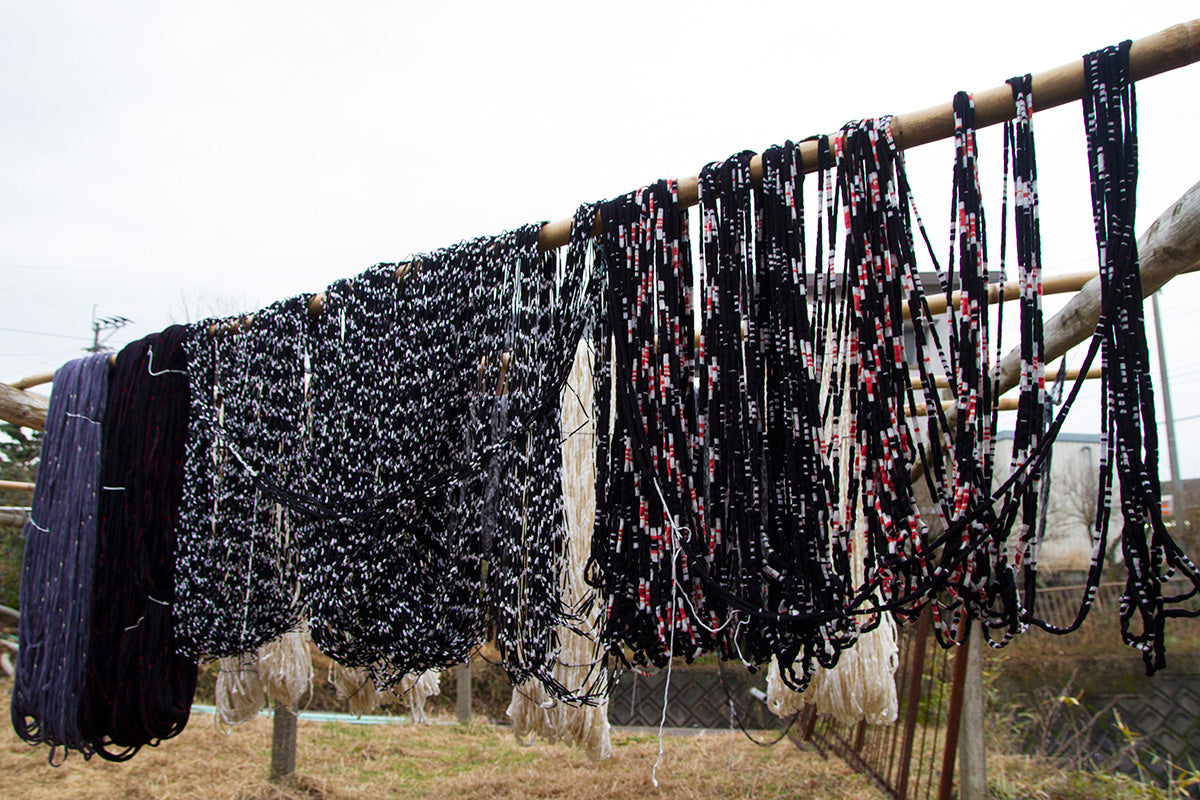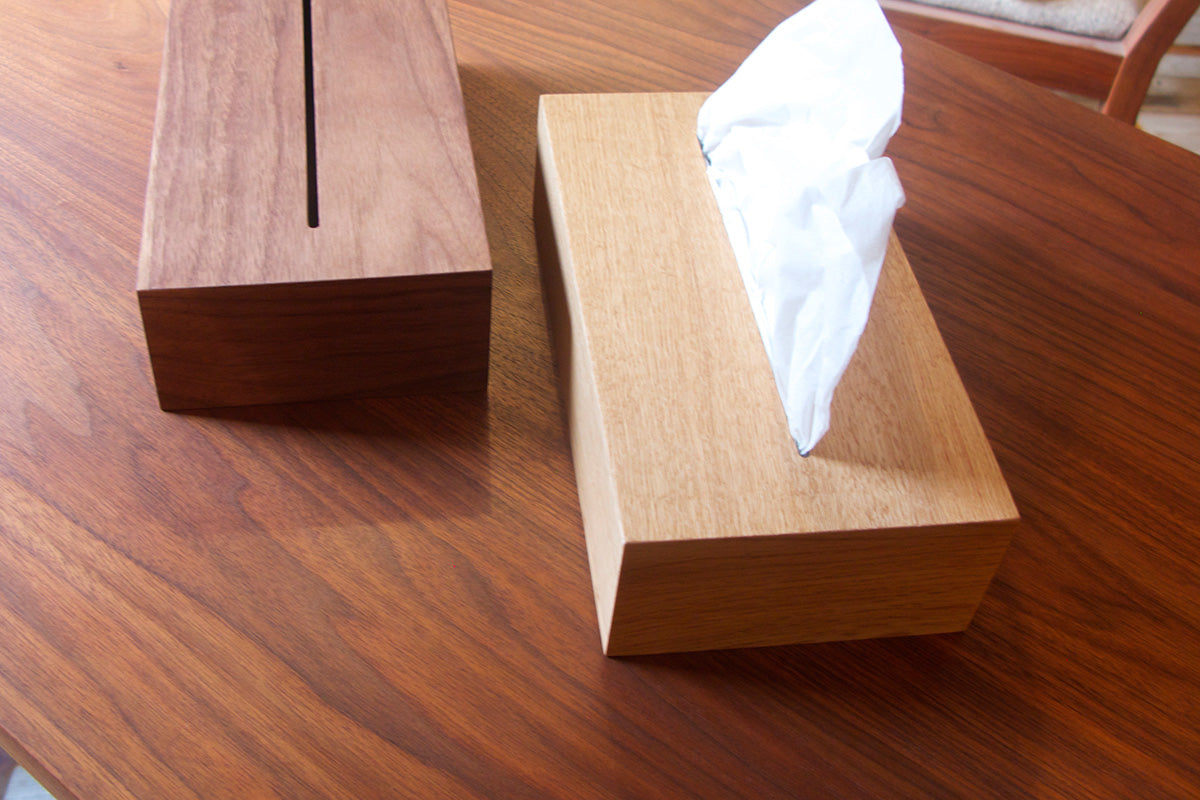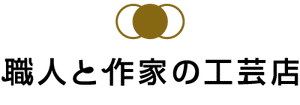
Traditional techniques of Kurume Kasuri
"Kasuri" is a traditional cotton fabric that represents Japan.
It is said that the name "Kasuri" comes from the fact that the pattern looks faded when woven. The characteristic of Kurume Kasuri is the beauty of the complex patterns that combine the kukuri-dyed warp and weft threads. The complex and highly advanced traditional techniques of Kurume Kasuri are so impressive that it was designated an intangible cultural property in 1957.
It takes about 30 steps to make a Kasuri pattern, and about two months to complete. To help you learn more about Kasuri, we will provide a simple explanation of how a roll of fabric is made.
[1] Creating a pattern (design)
First, we design the kasuri pattern.
This is where the making of Kurume Kasuri begins.
 [Designing the Kasuri pattern]
[Designing the Kasuri pattern][2] Drawing paper The design is drawn on graph paper and the distribution and arrangement of the warp and weft threads are determined. Depending on the pattern and type of thread, up to 1,100 threads may be used for the warp threads alone.
[3] Making the warp scale In the case of hand weaving, a warp scale is made to match the picture paper. This is necessary for the tying process that comes later in the process.
[4] Sketch When the piece is finished, some shrinkage will occur, so the amount of shrinkage is calculated and the sketch paper is redrawn.
[5] Picture thread writing: When tying the pattern part of the weft thread, a reference thread is made to serve as a marker.
[6] Tatehae
Once the warp thread allocation for the kasuri pattern has been decided, the necessary threads are prepared. Usually, 750 to 1120 warp threads are used.
[7] Preparing and Straightening the Weft Just like with the warp threads, prepare the weft threads needed for weaving.
[8] Thread-throwing (refining)
To remove impurities from the thread, soak it in boiling water for 2 to 4 hours.
[9] Bleaching
The yarn is bleached to ensure a beautiful dyed finish.
[10] Gluing Glue is applied to the threads to prevent them from becoming tangled as you work.
[11] Bundling
The parts that will become the pattern are tied together with coarse hemp or cotton thread.
There is also tying by machine. The tied parts do not take on color when dyed, and the untied parts become the pattern.
*Araso: A type of hemp made into a string-like shape.
 [Tie the parts that will become the pattern with cotton thread]
[Tie the parts that will become the pattern with cotton thread][12] Aidate Preparation for dyeing with indigo is called aidadate.
[13] Indigo dyeing and chemical dyeing The thread is dyed. In order to make the indigo dye take hold, the thread is beaten, air is introduced, and the dye is oxidized. This process is repeated about 15 to 20 times.
 [Indigo dyeing]
[Indigo dyeing][14] Rinse with water. This washes away any impurities or scum that may have accumulated on the yarn during the dyeing process.
[15] Unraveling the Kasuri Pattern
Untie the tied part.
[16] Rinse again to bring out the dyed color.
[17] Starching and drying Before the weaving process begins, the yarn is starched again to keep it from becoming distorted, and then dried in the sun.
[18] Keijiri (pattern matching)
The warp threads are bundled together to form a pattern.
[19] Interleaving and threading The plain threads and the kasuri are arranged according to the number of threads determined on the picture paper.
[20] Sutra roll (vertical scroll)
The warp threads are wound onto a reel to be set on the loom.
[21] Azekake (threading)
The material wound around the box is passed through a reed that is divided into upper and lower parts.
[22] Preparation for weaving The warp threads are connected one by one and set on the loom.
[23] Dividing the weft Considering the distribution of the design, divide the weft threads according to the thread length.
[24] Winding the weft around the weft frame.
[25] Winding on Tubes and Tongs In hand weaving, the weft is wound on a bamboo tube that is inserted into the shuttle from the weft frame. In power weaving, the weft is wound on a board called a tong.
 [Thong wrapping]
[Thong wrapping][26] Weaving There is hand weaving and power weaving, both of which require experience and skill.
 [Weaving]
[Weaving][27] Steaming and drying The woven fabric is boiled in water to prevent shrinkage and fix the color, and then dried. This removes the starch applied during the process and improves the texture.
[28] Seitan
The length is measured while inspecting and checking for any scratches or other damage.
[29] Inspection The products that have passed inspection by the Kurume Gasuri Cooperative are finally delivered to you.
What did you think?
The 200-year-old traditional Kurume Kasuri is made through these processes.
This is a fabric that is woven carefully and with great experience and skill.
Sakata Orimono products are available here.




